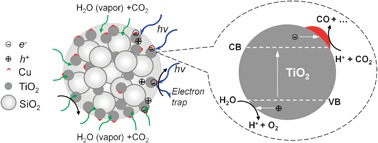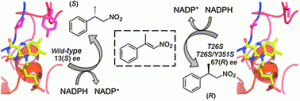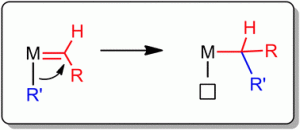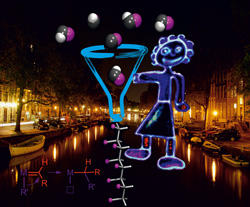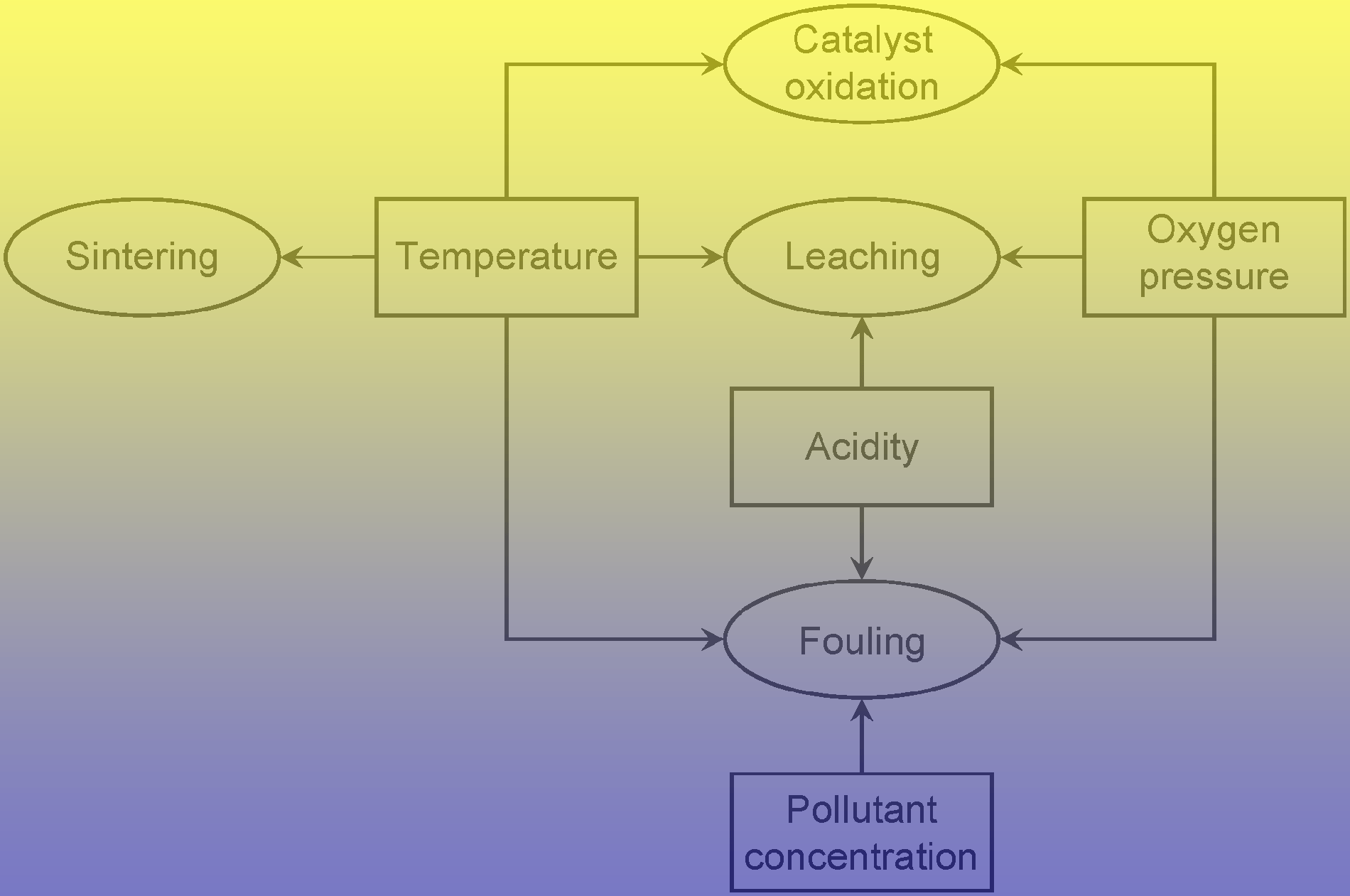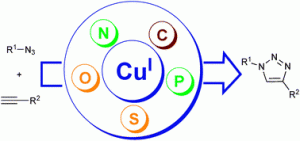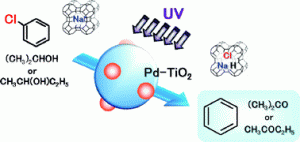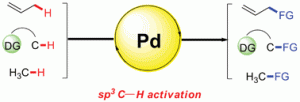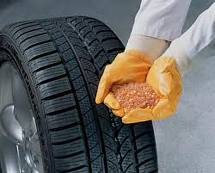 As the natural supplies of fossil fuels quickly deplete due to the increasing demands of modern society, industrial chemistry needs to find alternative sources for the essential building blocks on which it relies upon. New raw material deriving from sustainable sources need to be exploited to diminish the use of petrol-based products.
As the natural supplies of fossil fuels quickly deplete due to the increasing demands of modern society, industrial chemistry needs to find alternative sources for the essential building blocks on which it relies upon. New raw material deriving from sustainable sources need to be exploited to diminish the use of petrol-based products.
A viable alternative has been investigated by Jones et al., whose UK-based research focused on the catalytic conversion of easily produced ethanol into 1,3-butadiene, a common precursor in the industrial production of rubber. The groups developed a silica-supported multi-metallic system that using cooperative catalysis drives the transformation of ethanol into acetaldehyde and through a number of other intermediates, ultimately produces 1,3-butadiene.
The catalysts could be easily prepared mixing slurries of water-soluble salts of the desired metals with silica of different porosity, followed by water evaporation and calcination in air at different temperatures.
Several combinations of metals and silica supports were tested, finding the ZnO:ZrO2 couple to provide the higher conversions and selectivity for the diene (38 %) in 1 to 3 hours, although with relevant amounts of ethene produced as a side product. Even better selectivity could be achieved introducing extra acetaldehyde in the reaction. When ethanol was fed into the system in these conditions the selectivity for 1,3-butadiene increased to 66 %. A tri-metallic system based on zinc, copper and zirconium was also investigated, providing higher conversions but lower selectivity.
Find more in the original article.
Investigations into the conversion of ethanol into 1,3-butadiene
Matthew D. Jones, Callum G. Keir, Carlo Di Iulio, Ruth A. M. Robertson, Cliff V. Williams and David C. Apperley
Catal. Sci. Technol., 2011, Advance Article
DOI: 10.1039/C0CY00081G, Paper












